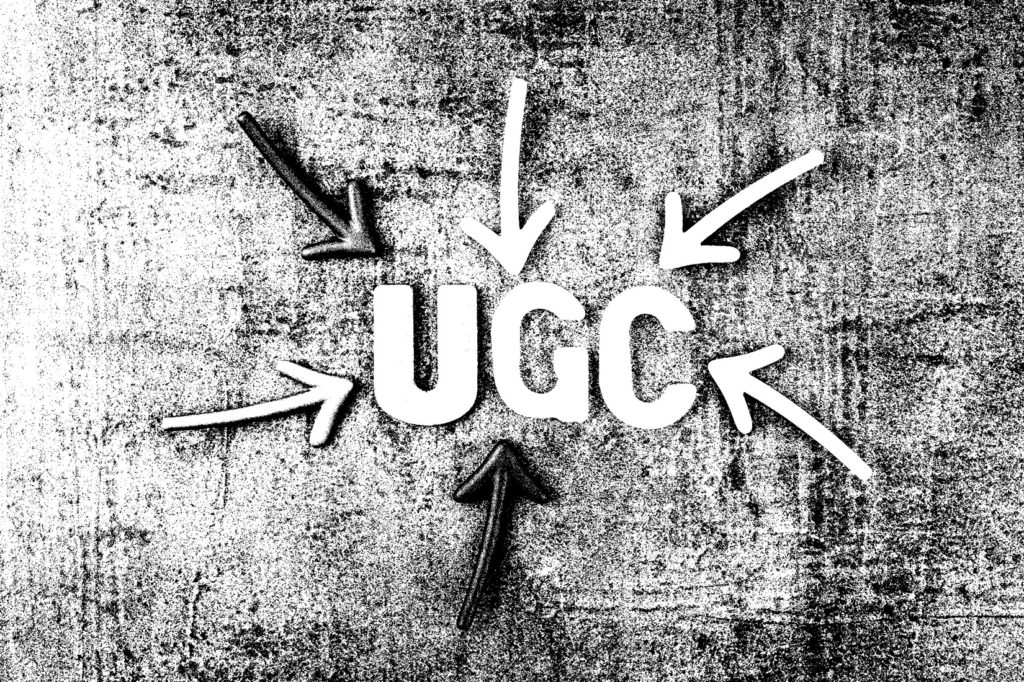
We knew getting past last year’s off-the-charts events would be important for radio. But most people in the industry are very much trying to assess what 2021 will be like. We’re still stuck in January, looking at a challenging first quarter.
But there’s hope. A vaccine rollout – while still dysfunctional, depending on where you live – has great promise to help us get back to some semblance of “normal.” But once we get there, how will we find the resources to markets our stations in an environment where every dollar – OK, dime – will be plowed back into the bottom line?
And that’s where UGC – or User Generated Content – could not only come into play, but might end up being an emerging trend in 2021. Jacobs Media clients may remember meeting marketer Ben McConnell at more than one of our client events. Nearly two decades ago, Ben literally wrote 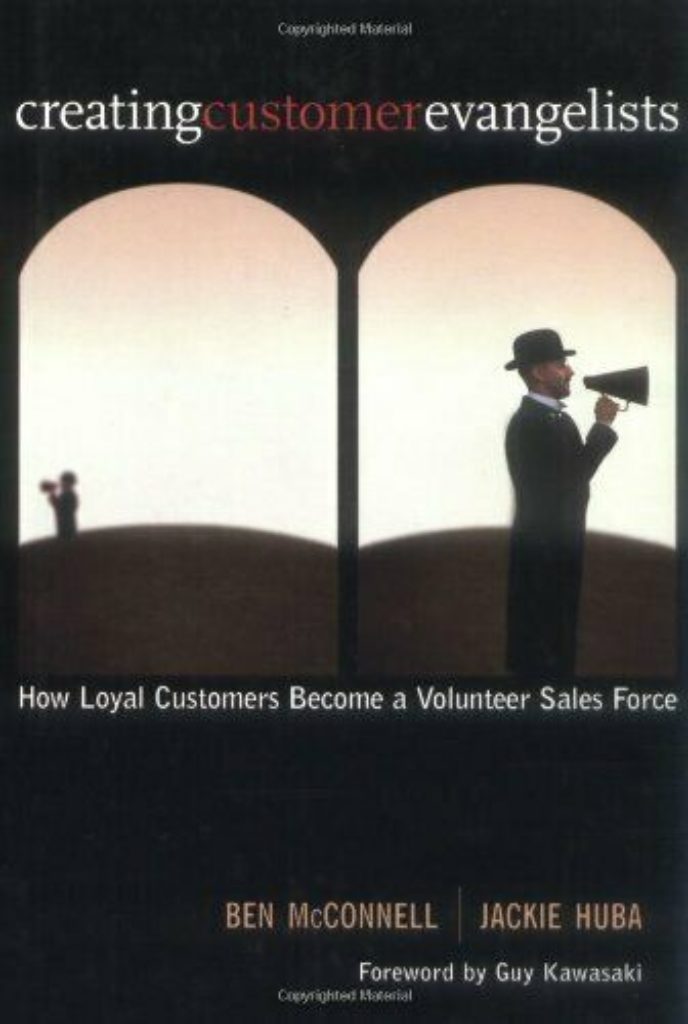 the book on the topic: Creating Customer Evangelists was a best-seller on our must-read list back then.
the book on the topic: Creating Customer Evangelists was a best-seller on our must-read list back then.
Ben was kind enough to address our group that year, outlining a do-it-yourself guide to tapping into the creative energy of your audience to promote and evangelize your brand.
In marketing and advertising, what’s old is new again. According to eMarketer, user-generated content – or UGC, for short – may, in fact, be a trend in 2021.
Last month, the team at eMarketer published their “10 Key Digital Trends” for this pivotal year. And last week, their Principal Analyst of Insider Intelligence, Jeremy Goldman, revealed how UGC just barely made the cut.
Thanks to the pandemic, Goldman reminds us how most brands have struggled in the marketing department. There’s only so much creative brainstorming that can be accomplished on Zoom calls.
At the same time, many consumers – or in the case of radio, audience members – have a lot of time on their hands. That explains the renaissance of cooking, gardening, decorating, and other craft work.
So, why not put some of our best fans to work. Goldman also refers to UGC as “influencer-generated content,” paying homage to the lingo of today. But it’s the same thing Ben McConnell was talking about back at the turn of the millennium.
Many Jacobs clients tapped into the trend. WMMR ran a 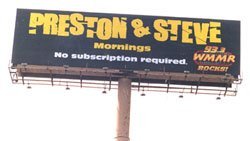 contest for consumers to create the station’s next Preston & Steve billboard campaign. And it turned out to be an effective way to gin up some timely creative from the most rabid fans of the morning show.
contest for consumers to create the station’s next Preston & Steve billboard campaign. And it turned out to be an effective way to gin up some timely creative from the most rabid fans of the morning show.
Not to be outdone, sister station WCSX tapped into the audience’s love of cars to create one of the best promotions I’ve seen – their “Pace Cars” initiative.
In the spirit of big brands that pay consumers to wrap their vehicles, WCSX gathered together more than a dozen listeners who donated their car exteriors to promoting the station’s music – in a city famous for its four-wheel DNA.
Put together by then promotions director, Jennifer Williams, PD Bill Stedman, and sanctioned by GM Tom Bender, the “Pace Cars” promotion came together when the station cut a deal with a local car wrapping firm.
Each vehicle was themed with a Classic Rock core artist, and Williams and her team carefully vetted volunteers for both the condition of their cars and their driving records.
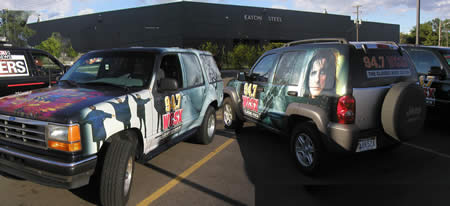
At a time when radio station visibility was far more competitive than it is today, standing out in a unique way was always a goal. This “Pace Cars” concept not only fit the vibe and fabric of the market, but also was a clever, attention-getting way of driving cume.
But don’t think for a moment this is simply another of my attempts to dust off an old promotion, and convince you to consider a variation for your 2021 marketing efforts.
Heinz is way ahead of you. The Canadian arm of Kraft Heinz launched a simple promotion – #DrawKetchup – and took it around the world. Handing consumers crayons and pencils, the simple command was to draw ketchup from memory – no brand was mentioned.
And the results overwhelmingly reinforced that no matter where you live on this planet, most of us define ketchup as a bottle of Heinz. The cost of this promotional effort was about zero, utilizing a microsite and social media to generate entries. In Canada, Kraft Heinz will create limited edition bottles using the artwork of fans, as well as displaying some of the best renditions on digital billboards.
In addition to a buzzworthy promotion, the brand reaps the benefit of the consumers data generated from these entries.
Not to be outdone, other brands are getting into the UGC act under the specter of the pandemic. Marketing Dive’s Robert Williams reports on a new campaign by Sun-Maid (yes, raisins) to recruit consumers to join their first Board of Imagination.
The requirement for this UGC group is that they fall into the 6-12 year-old age group – the youngest Gen Zs. On a paid company holiday dubbed “Imagination Day,” the selected kids will come up with ideas and activities that “enrich their thinking and enhance their creativity.”
Sun-Maid will be taking applications next month from families whose chosen kids will receive $5,000 in college grants – and lots of raisins. In return, Sun-Maid is hoping for loads of social media love, as well as a way to tap into the minds and hearts of young people – and their families.
And last fall, Top Ramen named its Chief Noodle Officer, after a consumer search. A guy in Sacramento took top honors – winning $10,000 and free noodles for the next 50 years.
Excited to announce our first Chief Noodle Officer, David Chan! David’s amazing Top Ramen Yuzu Pear Mille Feuille recipe makes him an honorary member of our team with some sweet perks, including 50 years worth of Top Ramen. Thanks to everyone who entered! pic.twitter.com/41u49k7zyJ
— Original Top Ramen (@WeAreTopRamen) December 16, 2020
Apparently, there’s UGC “job growth” as Bud Light Seltzer recruited a “chief meme officer,” while its sister, Michelob Ultra, created a “chief experience officer” position.
Radio’s done this before – all those “Rock Girl” promotions 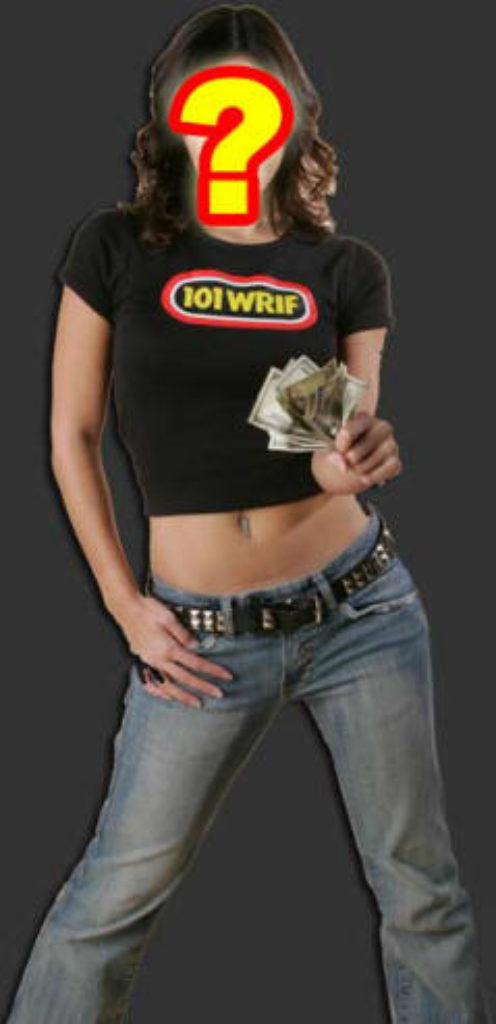 over these past couple decades have relied on similar tactics to get the audience into the marketing act.
over these past couple decades have relied on similar tactics to get the audience into the marketing act.
Some of these promotions come with costs, but others are doable for virtually no money (but lots of hard work and attention to detail). And of course, sponsorships are there for the taking.
Tapping into customers, fans, evangelists, and listeners is a tried-and-true approach.
And it’s especially effective when people are bored with time on their hands.
Like right now.
- Media And Technology In 2025: Believe It Or Not! - April 18, 2025
- In Radio, You Just Never Know - April 17, 2025
- The Secret To Making A Great Podcast (And Great Radio) - April 16, 2025




Leave a Reply